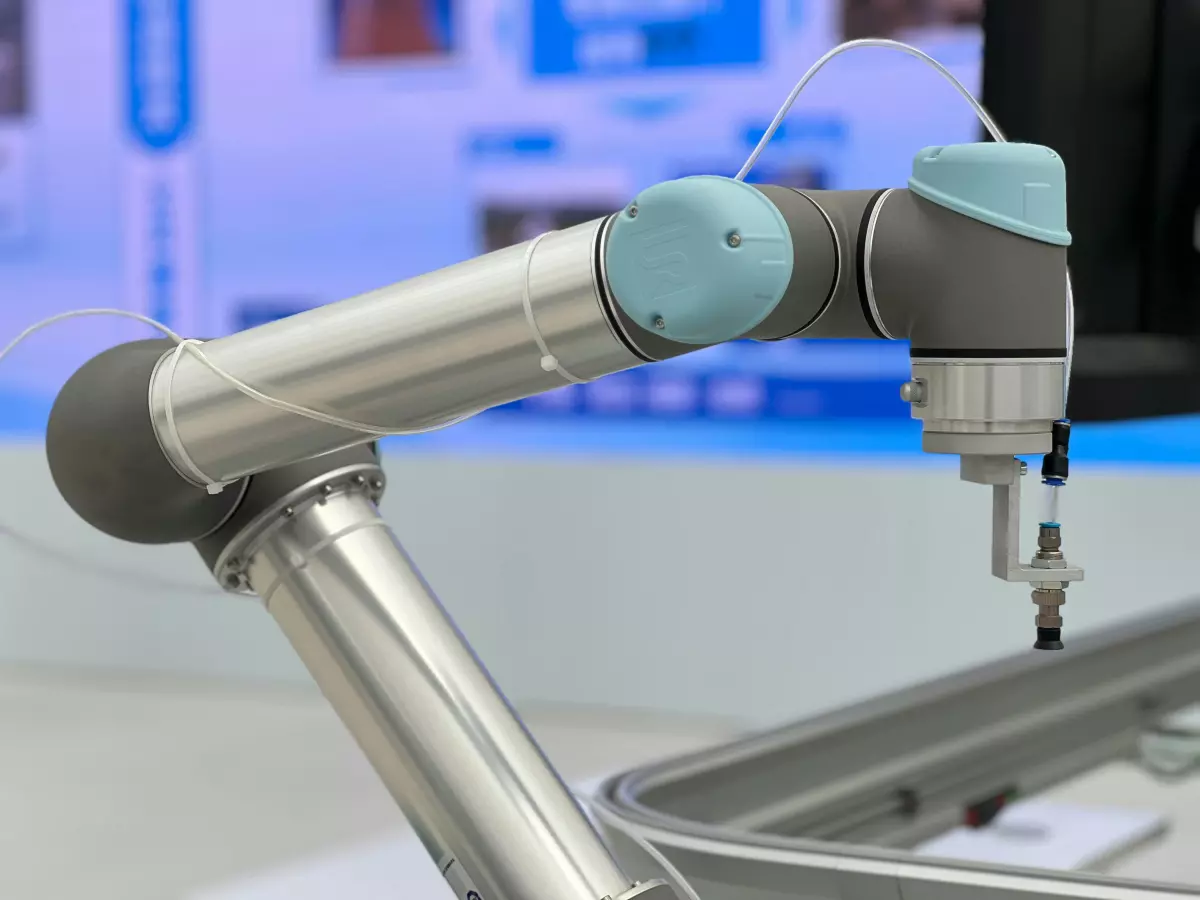Robots on Hold
Why aren't mobile robots taking over the world like we expected? What's stopping them from rolling into every warehouse and factory?

By Wei-Li Cheng
Mobile robots, or autonomous mobile robots (AMRs), have been hyped as the future of automation for years. They’re supposed to be the ultimate game-changer, revolutionizing industries from manufacturing to logistics. Yet, here we are in 2023, and they’re not exactly everywhere. Sure, they’re in some high-tech warehouses and cutting-edge factories, but mass adoption? Not quite. So, what’s the holdup?
It turns out, there are a few key reasons why mobile robots haven’t yet reached the level of ubiquity that many predicted. From cost concerns to integration headaches, the road to robot domination is bumpier than expected. Let’s break down the top three reasons why mobile robots are still waiting in the wings.
1. Sticker Shock: The Cost Conundrum
Let’s be real—robots aren’t cheap. While the idea of a fleet of mobile robots buzzing around your factory floor sounds futuristic and cool, the price tag can be a major buzzkill. The initial investment for mobile robots can be steep, and that’s before you even factor in the cost of maintenance, software updates, and potential downtime.
For many businesses, especially smaller ones, the ROI (return on investment) isn’t immediately clear. Sure, robots can work 24/7 without coffee breaks, but the upfront costs can be a tough pill to swallow. Until the price of these robots drops or the ROI becomes more obvious, many companies are hesitant to make the leap.
2. Integration Nightmares: Robots Don’t Work in a Vacuum
Another major hurdle? Integration. Mobile robots don’t just roll into your factory and start working. They need to be integrated with your existing systems, which can be a logistical nightmare. From syncing with warehouse management systems to ensuring they don’t crash into your human workers, the process can be complicated and time-consuming.
Many companies underestimate the complexity of getting robots to work seamlessly with their current operations. And if the integration process takes too long or causes too many disruptions, it can lead to frustration and, ultimately, abandonment of the project.
3. The Human Factor: Resistance to Change
Let’s not forget the human element. People don’t always love change, especially when it involves robots that could potentially take their jobs. There’s often resistance from employees who are worried about being replaced or who simply don’t trust the technology.
Convincing your workforce to embrace mobile robots can be a challenge in itself. Companies need to invest in training and education to help employees understand that robots are there to assist, not replace. But until that mindset shift happens, there will always be some level of pushback.
So, what’s the solution? How do we get past these roadblocks and bring mobile robots into the mainstream? Well, it’s not going to happen overnight, but there are steps companies can take to make the transition smoother. From finding cost-effective solutions to investing in proper training, the path to mass adoption is there—it’s just a matter of navigating it.
For more insights into the challenges of mobile robot adoption, check out The Robot Report’s deep dive on the topic.





